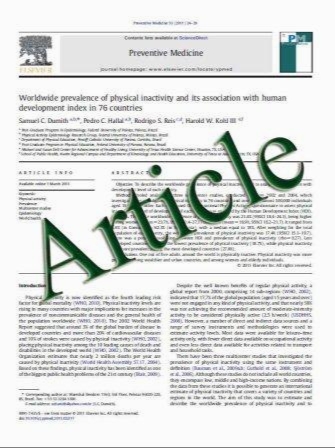Monogenic forms of hypertension
- نوع فایل : کتاب
- زبان : انگلیسی
- مؤلف : Giacomo Domenico Simonetti & Markus G. Mohaupt & Mario G. Bianchetti
- چاپ و سال / کشور: 2011
Description
Arterial hypertension in childhood is less frequent as compared to adulthood but is more likely to be secondary to an underlying disorder. After ruling out more obvious causes, some patients still present with strongly suspected secondary hypertension of yet unknown etiology. A number of these children have hypertension due to single gene mutations inherited in an autosomal dominant or recessive fashion. The finding of abnormal potassium levels (low or high) in the presence of suppressed renin secretion, and metabolic alkalosis or acidosis should prompt consideration of these familial diseases. However, mild hypertension and the absence of electrolyte abnormalities do not exclude hereditary conditions. In monogenic hypertensive disorders, three distinct mechanisms leading to the common final pathway of increased sodium reabsorption, volume expansion, and low plasma renin activity are documented. The first mechanism relates to gain-of-function mutations with a subsequent hyperactivity of renal sodium and chloride reabsorption leading to plasma volume expansion (e.g., Liddle's syndrome, Gordon's syndrome). The second mechanism involves deficiencies of enzymes that regulate adrenal steroid hormone synthesis and deactivation (e.g., subtypes of congenital adrenal hyperplasia, apparent mineralocorticoid excess (AME)). The third mechanism is characterized by excessive aldosterone synthesis that escapes normal regulatory mechanisms and leading to volume-dependent hypertension in the presence of suppressed renin release (glucocorticoid remediable aldosteronism). Hormonal studies coupled with genetic testing can help in the early diagnosis of these disorders.
Eur J Pediatr DOI 10.1007/s00431-011-1440-7 Received: 29 December 2010 / Accepted: 24 February 2011


